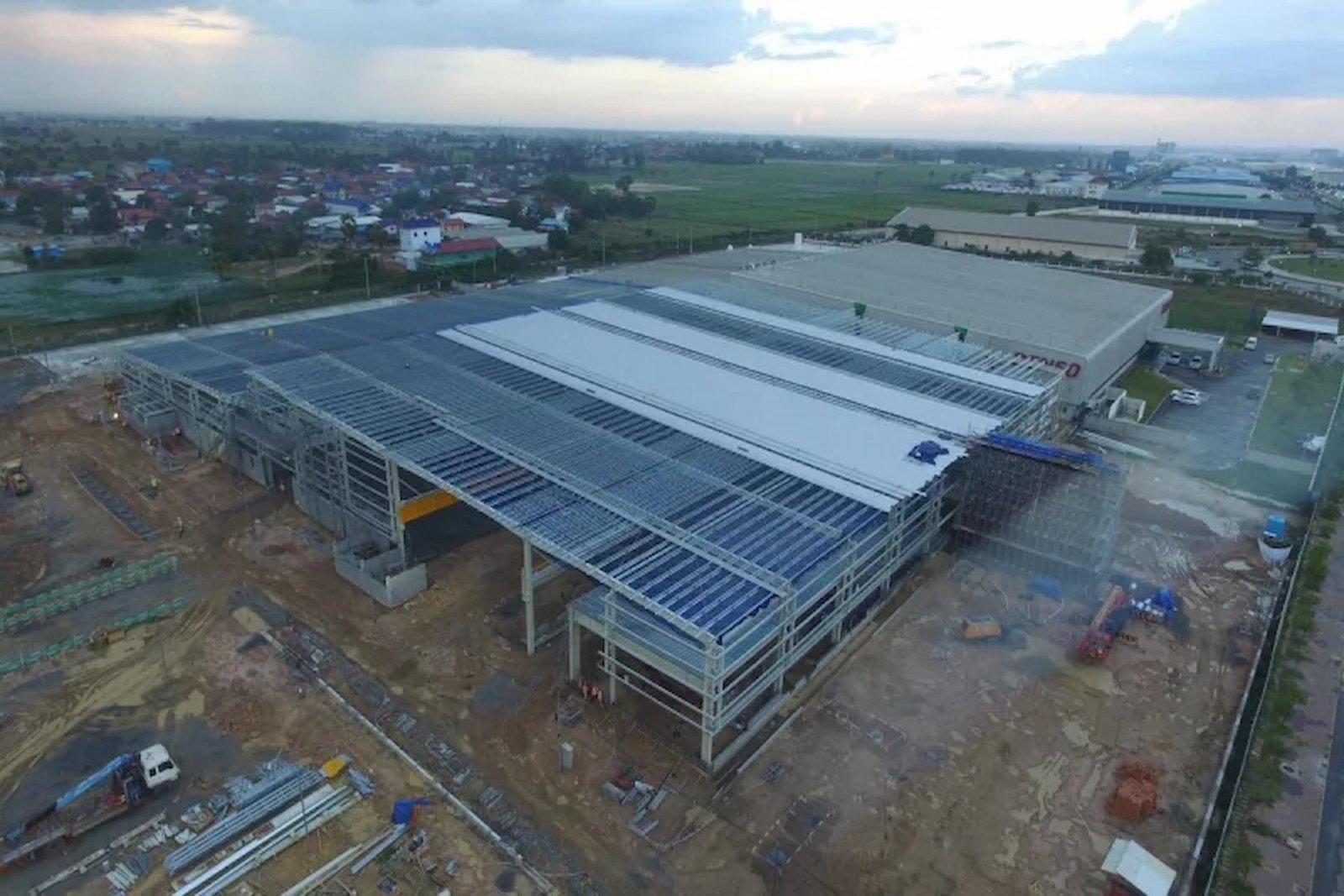Livestock operations require durable, functional, and scalable buildings to support animal health, worker safety, and operational efficiency. Pre-engineered steel buildings are increasingly emerging as the go-to solution for modern farms, offering not just shelter but long-term value and structural reliability. These structures are transforming the way farmers approach livestock housing, emphasizing efficiency and resilience.
Purpose-Built Design for Agricultural Needs
Steel Livestock Buildings offer a level of design precision that traditional construction methods often lack. Pre-engineered steel structures are built to exact specifications, making them highly adaptable to the needs of livestock operations. Features such as open-span interiors, wide bay spacing, and adjustable ceiling heights allow for easier equipment access and efficient traffic flow within the facility. This flexibility in design makes it easier to accommodate changing herd sizes, specialized equipment, and workflow improvements.
This level of customization enables these buildings to outperform wood or pole barns when it comes to longevity and adaptability. Farmers can incorporate feeding systems, climate control, and pen layouts directly into the building’s design to minimize retrofits and improve daily operations from day one. These tailored features help streamline animal care and facility maintenance over time.
Durability in Harsh Agricultural Environments
Farming environments can be rough on buildings. Ammonia, humidity, animal waste, and temperature swings are constant factors in livestock housing. Pre-engineered steel buildings are inherently resistant to these stressors. Galvanized steel components resist corrosion and wear better than traditional materials like wood, which can warp, rot, or attract pests over time.
Faster Construction Timelines, Lower Labor Costs
Time is critical in agriculture. A prolonged construction period can delay production, displace animals, and create unnecessary expenses. Pre-engineered steel buildings are manufactured off-site and delivered in ready-to-assemble components. This streamlined process reduces construction time compared to traditional builds.
With fewer trades involved and simplified assembly requirements, labor costs are also lower. Many agricultural steel buildings can be erected in weeks instead of months, keeping farms on schedule and within budget. Faster build times allow farmers to resume or expand operations with minimal disruption.
Ease of Expansion and Modification
As livestock operations grow or shift focus, infrastructure must keep pace. One of the most practical benefits of pre-engineered steel buildings is their flexibility. If you need to add more stalls, create a quarantine area, or expand feed storage, these structures can be easily modified or extended without costly demolition or structural compromise.
Improved Sanitation and Animal Welfare
Cleanliness is a key factor in animal health and product quality. Steel interiors are less porous than wood, meaning they do not harbor bacteria, mold, or pests as easily. Smooth surfaces are easier to power wash and disinfect, which is an essential feature for biosecurity protocols. Maintaining a sanitary environment helps reduce the spread of disease and improves herd health.
Long-Term Value and Lower Lifecycle Costs
Steel Livestock Buildings may be the right choice in terms of long-term savings. Lower maintenance costs, better energy efficiency, and resistance to fire, pests, and decay all contribute to a longer usable life. Insurance premiums are often lower for steel structures as well, thanks to their durability and safety record. These financial advantages make steel buildings a smart investment for livestock producers.
Pre-engineered steel buildings offer a strategic solution for the evolving needs of livestock operations. They combine strength, speed, and customization in a way that traditional construction methods struggle to match. If a new facility or upgrading an existing one, choosing steel can significantly enhance animal welfare, operational efficiency, and long-term profitability.




